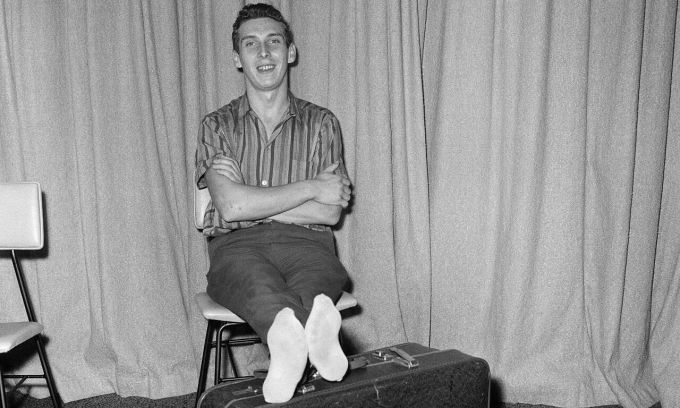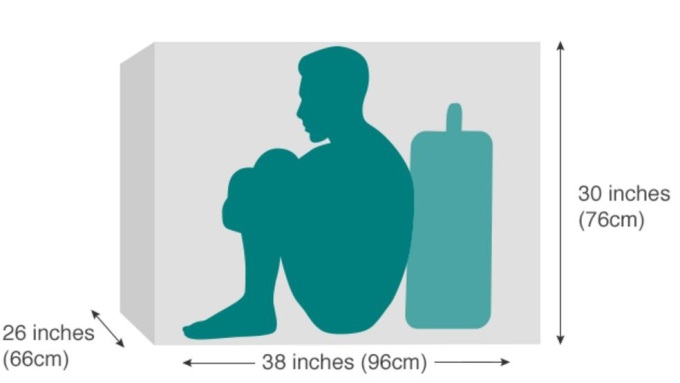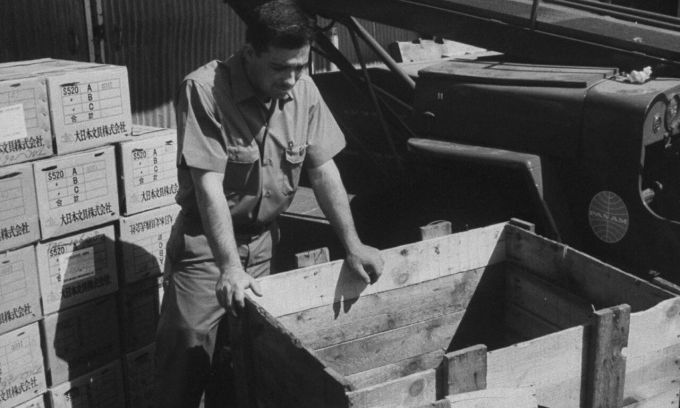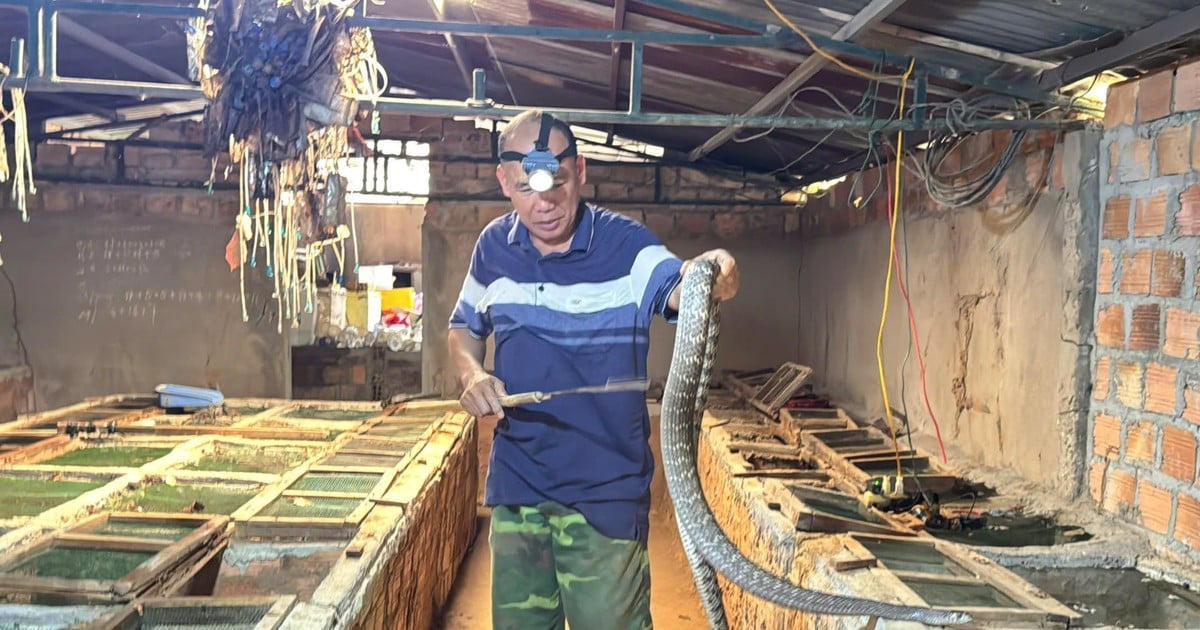When he arrived in Australia in the 1960s, Brian Robson realised his decision to leave England for Australia was a mistake and took a special route back because he couldn't afford a plane ticket.
Brian Robson, a busboy from Wales, wanted a better life in Australia. He joined the Australian government's overseas worker program, applying to Victoria Railways, which ran much of Victoria's rail network in the 1960s. Shortly after his 19th birthday in 1964, Robson boarded a flight to Melbourne.
Upon arrival, Robson described the boarding house he was assigned as a "slum". Although he had not yet started work in his new land, Robson knew he could not stay in the country. "I decided I had to go back at any cost," he said.
Robson worked for the Victorian Railways for about 6-7 months before quitting and leaving Melbourne. He wandered through the Australian outback, before returning to Melbourne and working in a paper mill.
Robson could not adapt to life here and still wanted to leave Australia. His biggest problem was that he did not have enough money to pay the Australian government back for his travel from Wales. He also did not have enough money to buy a plane ticket home.
“The tickets cost around £700-800 ($960-$1,099). But I only earn about £30 a week, so it's impossible,” Robson said.

Brian Robson, who returned to the UK from Australia in a cargo plane. Photo: Mirrorpix
In desperation, Robson returned to the boarding house where he had first been staying. There he met John and Paul, Irish newcomers to Australia. The three became fast friends and attended a trade show together, where they saw the stand of the British shipping company Pickfords.
“The sign said ‘we can ship anything anywhere’. I said ‘they might be able to ship us’,” Robson said.
Although it was meant as a joke at first, Robson couldn't stop thinking about the option.
The next day, he went to the office of Australian airline Qantas in Melbourne to find out about the process of sending a box overseas, the maximum size and weight allowed, as well as the necessary procedures and whether he could pay a fee after successful delivery.
After gathering the necessary information, Robson returned to the hostel and told his two friends that he had found a solution to the problem. "They asked me if I had enough money. I said 'no, I found another way to do it. I'm going to send myself back home,'" Robson said.
After hearing Robson's plan, Paul thought it was a "silly" idea, but John seemed "a bit more optimistic". "We spent three days talking about it and in the end both of our friends were on board with the plan," he said.
Robson bought a large wooden crate and spent at least a month planning the details with two friends. They had to make sure the crate had enough space for both Robson and the suitcase he was determined to bring back. He also brought a pillow, a flashlight, a bottle of water, a bottle of urine, and a small hammer to open the crate when he got to London.
The three rehearsed by having Robson climb into the crate and two friends close it, then arranged for a truck to transport the special crate to near Melbourne airport.
The next morning, Robson climbed into the crate once more, before John and Paul nailed the lid securely shut. They said their goodbyes. The journey was expected to take 36 hours.
"The first 10 minutes were fine. But then my knee started to hurt more and more because it was clamped to my chest," he said.

Dimensions of the wooden crate containing Robson and his suitcase. Graphics: BBC
The crate was loaded onto the plane a few hours after it arrived at the airport by truck. "I was really in pain. When the plane took off, I started thinking about the need for oxygen. There was very little oxygen in the hold," he said.
The first leg of the journey was a 90-minute flight from Melbourne to Sydney. The next challenge was much more difficult for Robson, as the container was placed upside down upon arrival in Sydney. "I was upside down for 22 hours," he said.
The package was scheduled to be loaded onto a Qantas flight to London. However, because the plane was full, it was transferred to a Pan Am flight to Los Angeles, a much longer journey.
"The journey took about five days. The pain was getting worse. I couldn't breathe properly and almost lost consciousness," he said.
Robson spent much of his time in a dark wooden box, struggling with pain and unconsciousness. "There were times when I thought I was going to die and hoped it would happen quickly," he said.
When the plane landed, Robson was determined to complete the rest of his plan. "My idea was to wait until it was dark, smash the side of the crate with a hammer and walk home. But that didn't work out," he said.
Two airport workers spotted Robson when they saw a light coming from a wooden crate. They went closer and were shocked to see a man inside.
"The poor guy must have had a heart attack," said Robson, who only then realised he was in the US. "He kept shouting 'there's a body in the bin'. But I couldn't answer him. I couldn't speak or move."
Airport staff quickly found the manager. After confirming that the person in the box was still alive and there was no threat, airport staff quickly took Robson to the hospital, where he stayed for about 6 days.
By then, his story had been picked up by the media, and reporters had flocked to the hospital. Although Robson had technically entered the United States illegally, he did not face any charges. US authorities simply turned Robson over to Pan Am, who put him in first class and sent him back to London.
Robson was hounded by the media when he returned to London on 18 May 1965. "My family were happy to see me again, but they were not happy with what I had done," he said.
When he returned to Wales with his parents, Robson wanted to forget the whole thing. But he became a famous face after his special journey.

Pan Am representative inspects the cargo container containing Robson. Photo: CNN
Robson, now 78, says he is still haunted by his time in the barrel. "It's a part of my life that I really want to forget, but I can't," he says.
However, the story also brought some positive aspects to Robson's life. In 2021, Robson published a book, Escape from the Container , detailing the journey.
During the promotion of the book, Robson made many media appearances, expressing his desire to see John and Paul again. He had lost contact with them after returning to England, despite sending letters.
In 2022, Robson got in touch with one of his friends. "The reason I didn't get a reply was because they didn't get it. I was relieved because for a while I thought they didn't want to talk to me. That's not true, quite the opposite," he said.
Thanh Tam (According to CNN, Irish Central )
Source link



![[Photo] Prime Minister Pham Minh Chinh and Brazilian President Luiz Inácio Lula da Silva attend the Vietnam-Brazil Economic Forum](https://vstatic.vietnam.vn/vietnam/resource/IMAGE/2025/3/29/f3fd11b0421949878011a8f5da318635)
![[Photo] Dong Ho Paintings - Old Styles Tell Modern Stories](https://vstatic.vietnam.vn/vietnam/resource/IMAGE/2025/3/29/317613ad8519462488572377727dda93)
![[Photo] Prime Minister Pham Minh Chinh chairs meeting to urge highway projects](https://vstatic.vietnam.vn/vietnam/resource/IMAGE/2025/3/29/6a3e175f69ea45f8bfc3c272cde3e27a)























































































Comment (0)